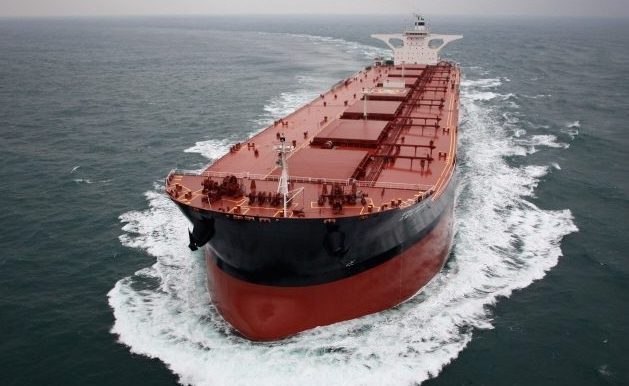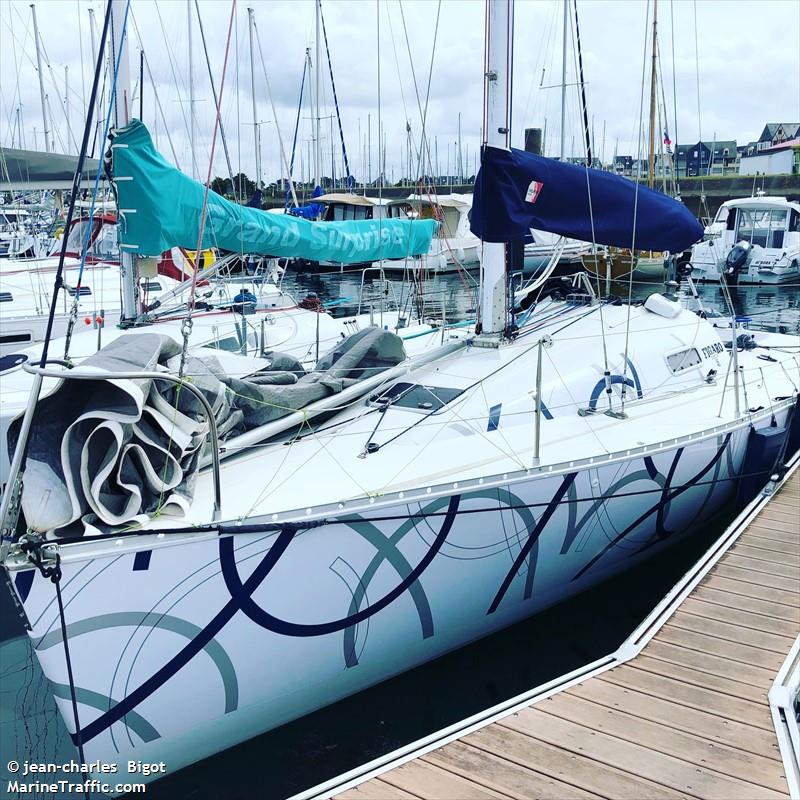Marshall Islands issues Stellar Daisy statement as repairs continue on another Polaris converted VLOC

More than seven weeks since the Stellar Daisy sank in the South Atlantic with the loss of 22 lives, its registry the Marshall Islands has finally issued a terse statement on the incident.
The flag, run by International Registries, Inc (IRI), has come in for flak for its prolonged silence since the giant 266,000 dwt converted ore carrier listed and sank on March 31, especially since other IRI-flagged converted ore carriers belonging to the same Korean owner, Polaris Shipping, have also since had their own troubles.
The Marshall Islands has deployed two inspection teams to look at the 12 converted ore carriers in its fleet while IRI said an “in-depth investigation” was ongoing into the cause of the Stellar Daisy disaster.
“The investigation into the loss of the Stellar Daisy and its crewmembers is the administrator’s top priority,” said John Ramage, deputy commissioner of maritime affairs.
IRI spokespeople have yet to reply to a number of questions sent by Splash.
Meanwhile, a spokesperson for Polaris told Splash today that another converted VLOC, Stellar Queen, is still not ready to resume its voyage to China, more than three weeks after it was forced to stop at a Brazilian anchorage after cracks emerged on the ship.
“The Stellar Queen has undergone class inspection and is being repaired afloat at Brazil,” a spokesperson said. Another converted VLOC, Stellar Unicorn, belonging to Polaris was forced to stop off Cape Town days after the Stellar Daisy sunk after cracks were found. Meanwhile, two vessel monitoring services, VesselFinder and FleetMon, have reported that the cracks were also found on a Polaris capesize, Solar Ember, on May 5. The ship is now en route to China to discharge.

 , is still not ready to resume its voyage to China, more than three weeks after it was forced to stop at a Brazilian anchorage after cracks emerged on the ship.
, is still not ready to resume its voyage to China, more than three weeks after it was forced to stop at a Brazilian anchorage after cracks emerged on the ship.
Mashal island inspection teams. don’t make me laugh. or cry in this instance. cowboy owners, / class, and shipyard. what do you expect?
When huge oil tankers were first envisaged, naval architects studied the various forces which impact upon their structures, knowing the forces which a compartmented cargo of maybe 150,000 tonnes will place upon the hull and tank steelworks, and plan / design accordingly. The ships were designed to transport a cargo which is inherently safe, because it takes a great deal of heat to ignite heavy crude oil, but the engineers also knew that the most dangerous time for an oil tanker is, paradoxically enough, when she is empty, because that means the all the cargo holds are full of highly-volatile and explosive gas. So they designed systems which scrub the exhaust from the engines, remove all the corrosive nasties; then pump this inert gas to displace all the dangerous gases from the empty cargo tanks. This ensures that a single spark from, say, an anode element falling from its fixing, would not cause a huge explosion.
Then imagine a bunch of penny-pinching accountants, who know lots about cash, and capital, and risks, along with all the other bullshit; but very, very little about shipping and engineering design; and decide to modify ten huge tankers in order to carry iron ore. They spend large amounts of cash converting the hulls, but forget that iron ore is very, very different to oil. And what do you suppose they got?
Well, folks, they got this. Twenty two dead, drowned when the Stellar Daisy capsized and sank faster than the crew could reach the safety of the deck and the sea. Two survived!
cannot agree more on this accountant thing of yours
and it seems these guys are having a roll these days, almost in every sector of the economy
notwithstanding all other aspects though, classification societies should know better, which apparently they did not